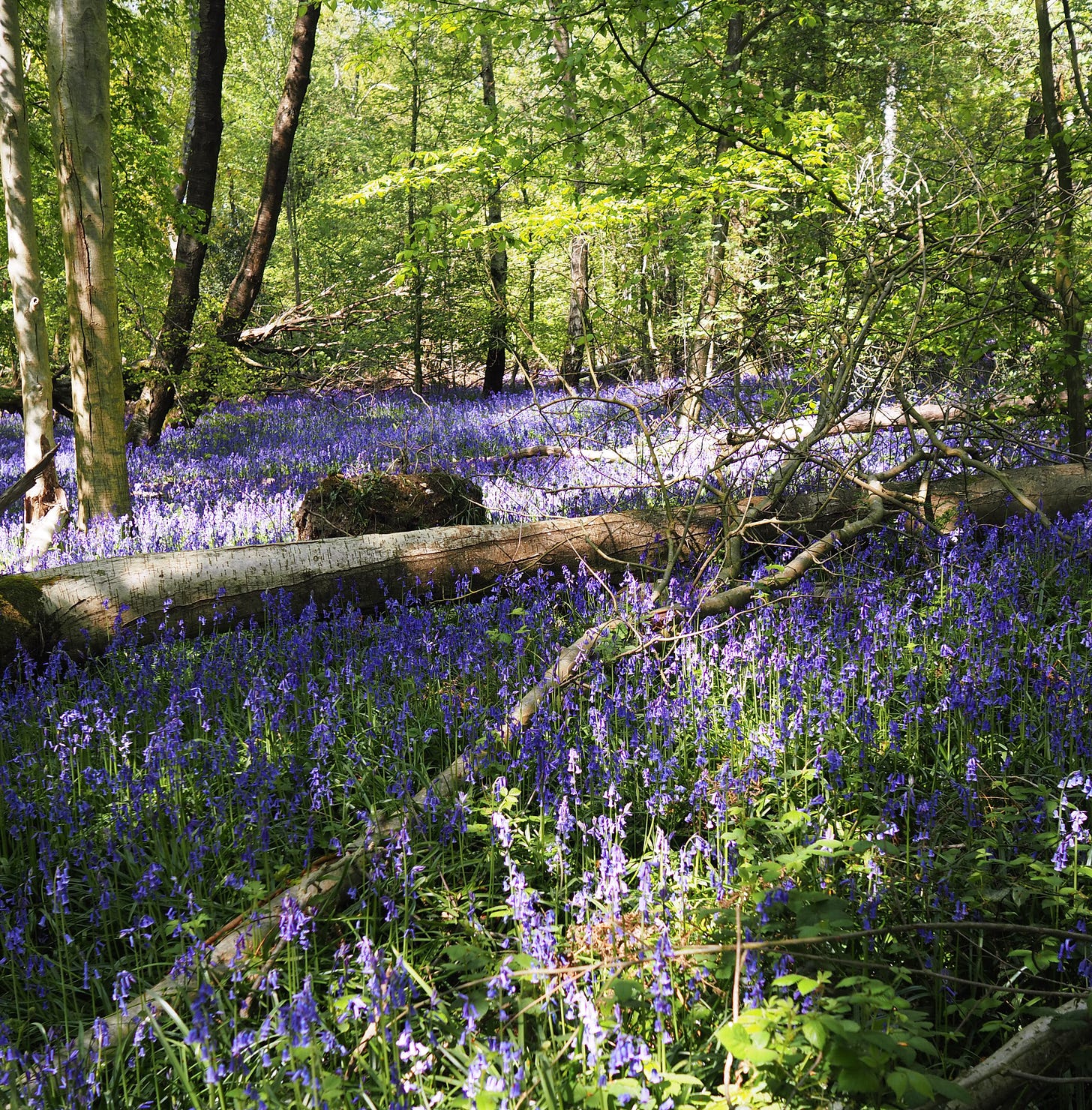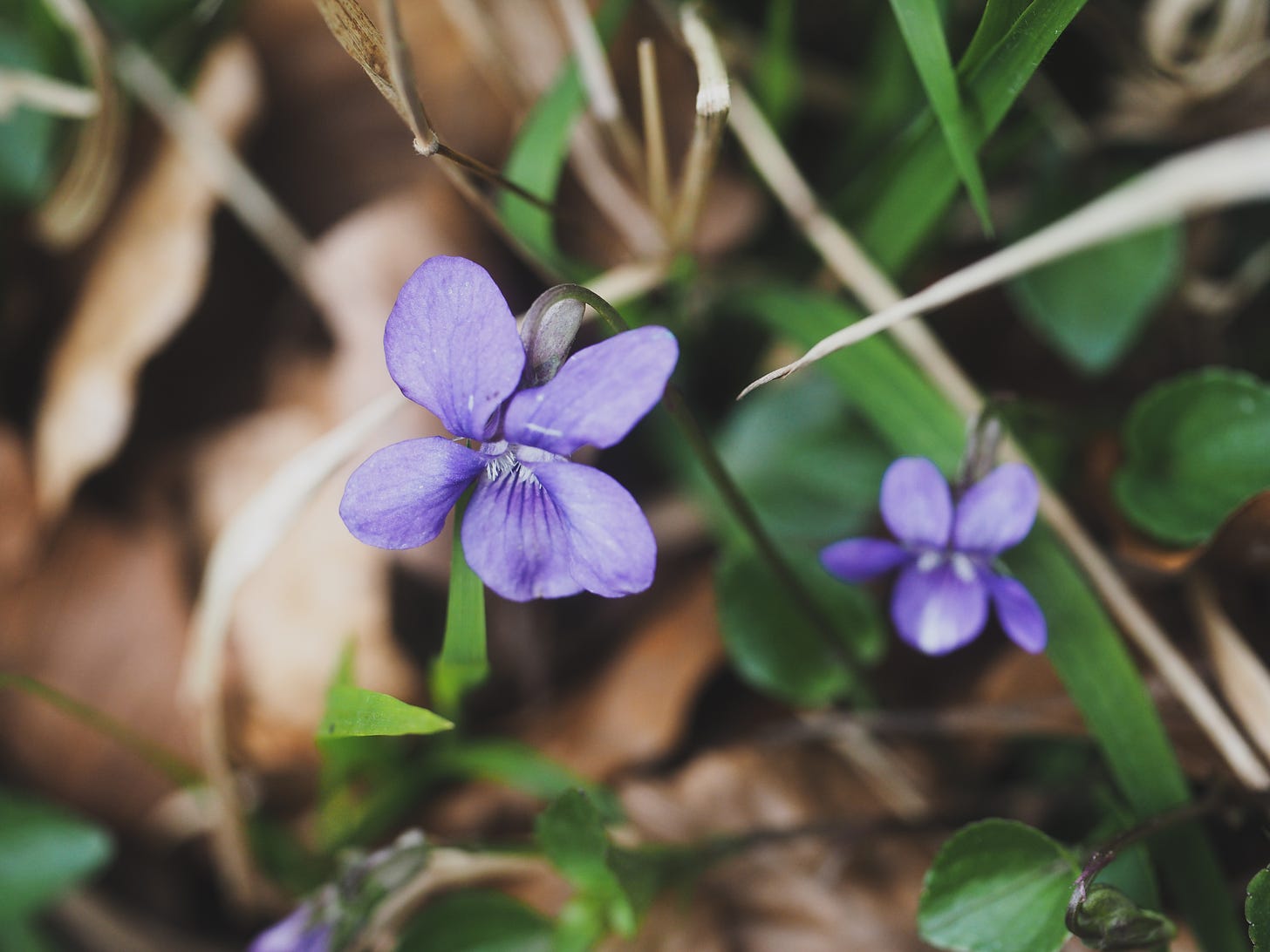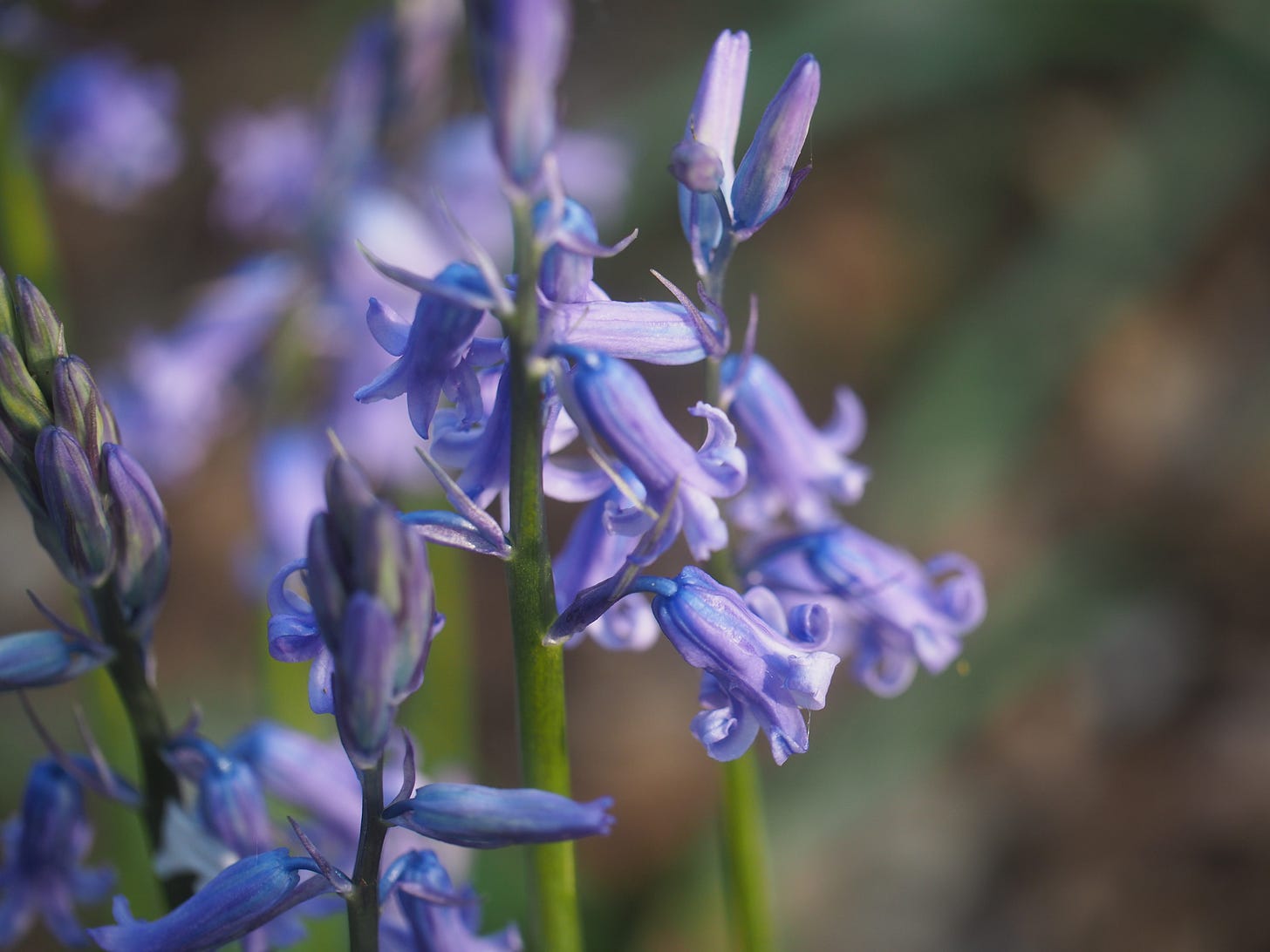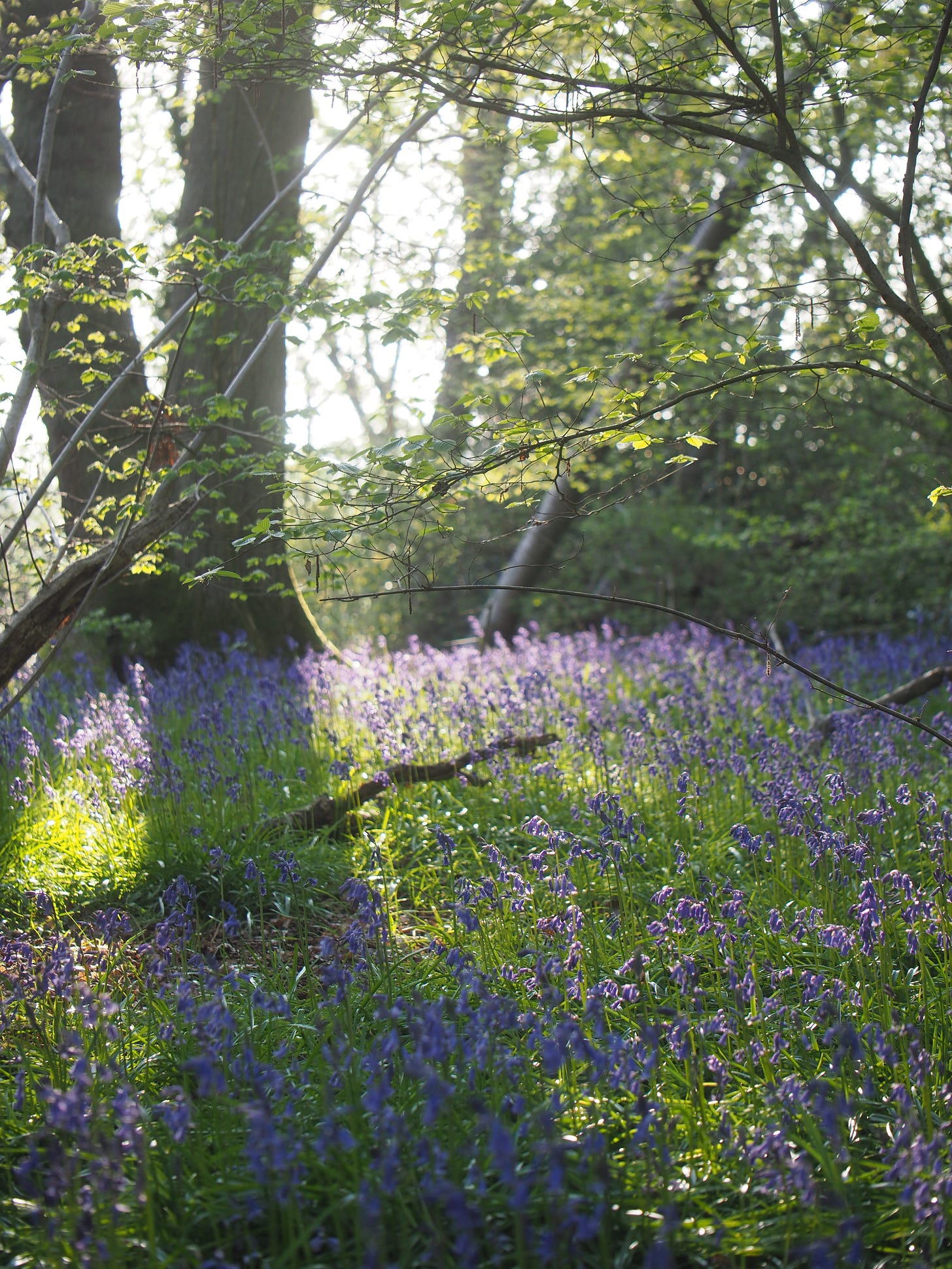Bealtaine (or the anglicised spelling of Beltane) was a fire festival, originally celebrated by the Celtic peoples living in the British Isles as an early pastoral festival to mark the first turning of the herds from winter, out to their summer wild pastures. Bealtaine was a festival of purification and protection for agriculture, livestock and crops. Rituals were performed where the cattle were driven between the sacred Belfires to protect them from ills. Druids kindled the Beltane fires with incantations.
On the eve of Bealtaine, hearth fires which had burned continuously for the past twelve months were extinguished. Before the lighting of the Belfires, the needfire (a ritual fire intended to ward off disease in livestock) was first kindled, by the friction of wood.1 It was believed that the heat and smoke would rid the livestock of illnesses and ensure their health for the season ahead.2 After the livestock had passed between the Belfires, the owners of the herds and flocks, along with their families, followed.
The re-lighting of household fires from the needfire was also significant. Hearth fires were never allowed to go out, and if they did, a light was taken from someone else’s fire. The needfire wasn’t just about protecting cattle and old Celtic festivals; it was a ‘new start’ that cut ties with past difficulties. Evocative and emblematic.
In rural antiquity, fire rituals were considered to be potent symbols, representing fertility, blessings, good health and protection. The fire rituals and festivities of Bealtaine were observed by Celtic speaking peoples in the British Isles between 21st April and May’s full moon, at the boundary of spring and summer. Nowadays, Beltane is commonly celebrated on May 1st, on the same day as May Day - although they are different festivals with different origins.3
In modern times, it’s easy to see why the Belfire livestock rituals fell by the wayside. Why would anyone need to celebrate Beltane when our agricultural practices have changed so drastically? Perhaps need doesn’t come into it as much as the simple desire to connect with the land, the earth, nature and the seasons.
New traditions with a nod to the old symbolism, weaved in with earth-friendly rituals are ways of bolstering our relationship with the planet. Having an increased awareness of the seasonal changes around us—and celebrating them—helps to increase respect for our environment. What can be more important during a Climate Emergency than a collective belief in the sacredness of nature?
I love routines and rituals because they bring my own awareness of the environment into sharper focus. But they’re not necessary when it comes to following the seasons and noticing even the tiniest of details in the landscape around us.
Even seemingly small things such as noticing the different types of birdsong starting in spring, watching flowers turn from bud to bloom and seeing the days become longer are ways to feel connected to nature. In areas which seem lacking in green spaces, there are patches of new growth to be found. Nature finds a way.
For my own celebration of Beltane this week, I went to the woods and spent some time soaking up the beauty of the bluebells. They finally reached their peak after a slower start to spring. The beech tree leaves have unfolded, creating a lime green canopy over the blue carpet below. Dog mercury’s deep green filled spaces on the ground where winter’s brown leaf litter had finally made way for the new growth. Celandines dotted the gaps around patches of wild garlic, and violets lined the muddy pathways, tiny but as pretty as the bluebells.
As I sit and write this, May’s full moon is reaching its peak. At its heart, Beltane is a celebration of the return of nature’s vitality and the joyful arrival of summer after a long cold winter.
https://www.cambridge.org/core/journals/antiquity/article/abs/needfire-ritual/4944E4D16BCF71227B16F664AD19E34F
https://esmeraldamac.wordpress.com/2011/05/18/need-fires-the-last-celtic-tradition/
Professor Ronald Hutton, Stations of the Sun: A History of the Ritual Year in Britain









